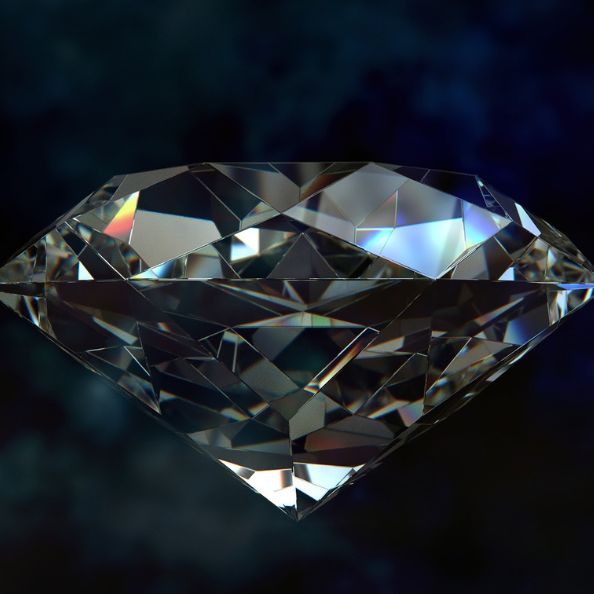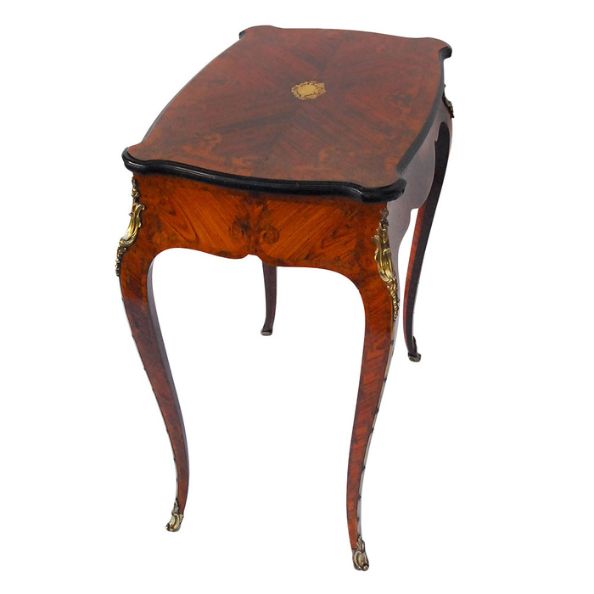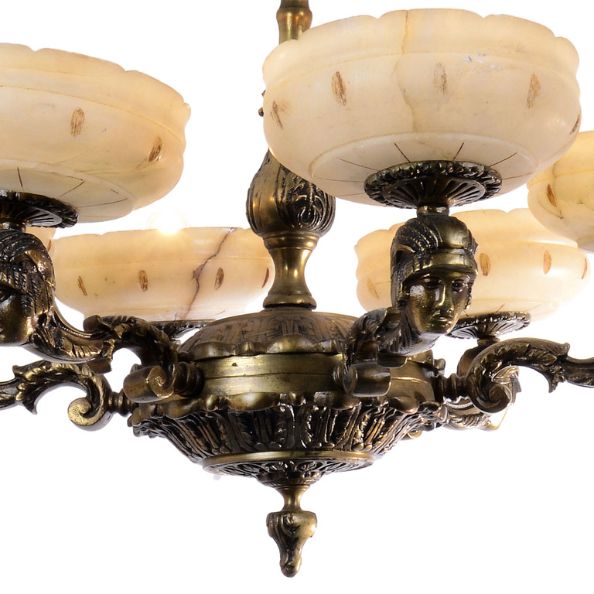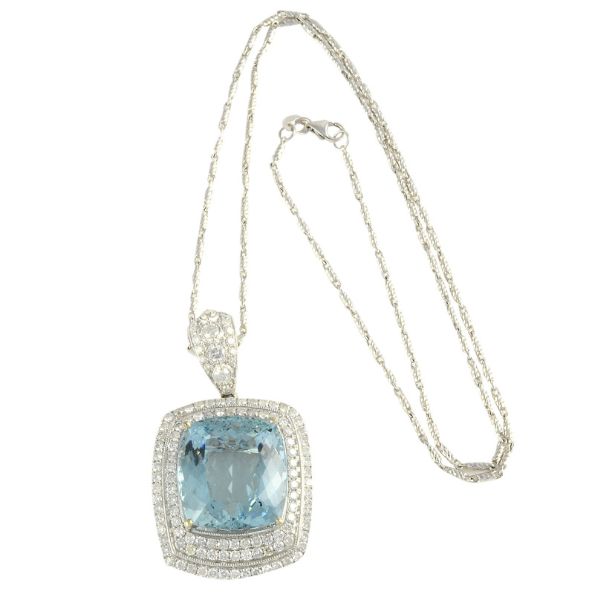A Quick Guide to the Different Types of Diamonds

If you’re in the market for a piece of fine diamond jewelry, understanding the inherent qualities of a diamond is crucial. This quick guide to the different types of diamonds will explore the “four Cs” that most consumers are familiar with and delve into the Gemological Institute of America (GIA’s) classification system. We’ll also differentiate between natural diamonds and lab-grown diamonds.
The Four Cs
Firstly, let’s discuss the four Cs. These are the four factors that determine the quality and price of a diamond.
- Color refers to the presence of any color in a diamond. The GIA grades diamond color on a scale from D (colorless) to Z (light yellow or brown).
- Cut refers to how well the diamond has been cut from its raw form. Factors such as symmetry, proportions, and polish affect a diamond’s brilliance; all of these are considered in the grade of the cut.
- Clarity relates to the presence of internal or external flaws, known as inclusions or blemishes, respectively. Diamonds with fewer flaws have higher clarity.
- Carat refers to the weight of the diamond. One carat equals 200 milligrams. Larger diamonds are rarer and more valuable.
GIA Classification System
The GIA classifies diamonds into types based on their chemical properties. Type I diamonds contain nitrogen, while Type II diamonds do not. Type I is further divided into Type Ia (containing clusters of nitrogen) and Type Ib (where nitrogen atoms are dispersed throughout the crystal lattice). Type II diamonds are divided into Type IIa (structurally perfect) and Type IIb (containing traces of boron).
Type IIb are the rarest and most valuable types of diamonds. Their boron content results in light absorption properties that make them look blue to the human eye. The boron also makes these diamonds capable of conducting electricity.
Natural Diamonds vs. Lab-Grown Diamonds
Natural diamonds form throughout billions of years under high-temperature and high-pressure conditions deep within the Earth’s mantle. Lab-grown diamonds are created using a high-pressure, high-temperature (HPHT) method or chemical vapor deposition (CVD) method under controlled conditions in a laboratory setting. They have the same physical and chemical properties as natural diamonds.
Fine estate jewelry and antique diamond jewelry often contain natural diamonds, as they likely predate the technology for mass production of lab-grown diamonds. Choosing antique, vintage, or fine estate jewelry can be a more sustainable option than buying newly mined or lab-grown diamonds, as no new mining or manufacturing is required. Solvang Antiques does not carry lab-grown diamonds.
Understanding the classifications of the different types of diamonds will enable you to make an informed decision when you’re shopping for a diamond. From the four Cs to the type of diamond and its origin, various factors contribute to the beauty, quality, and value of the gemstone.
If you’re considering buying antique diamond jewelry, talk to the experts at Solvang Antiques. We can explain not only the quality of the stone but also historical period of the piece so that you have a fuller appreciation of the quality of the antique jewelry that interests you.



